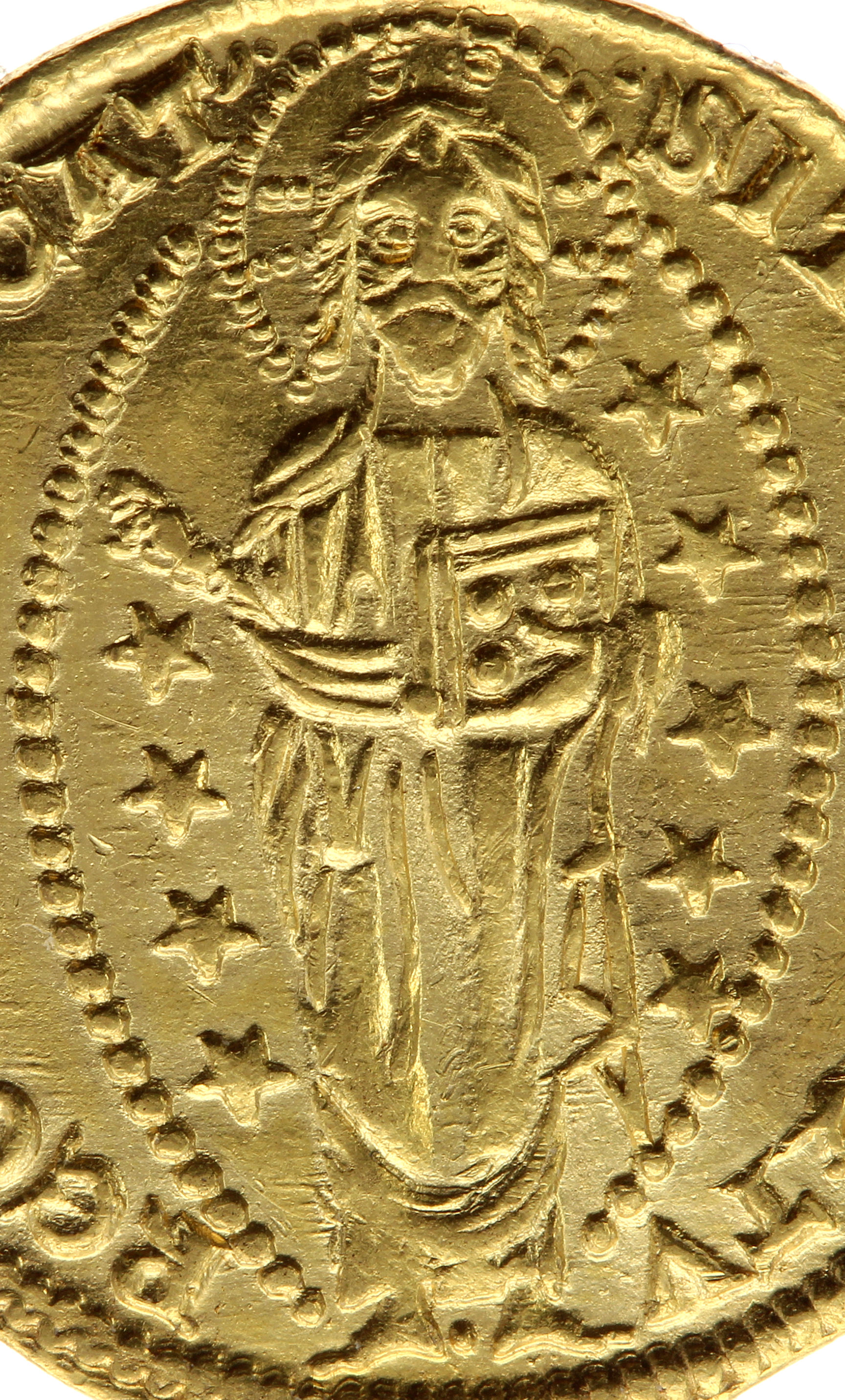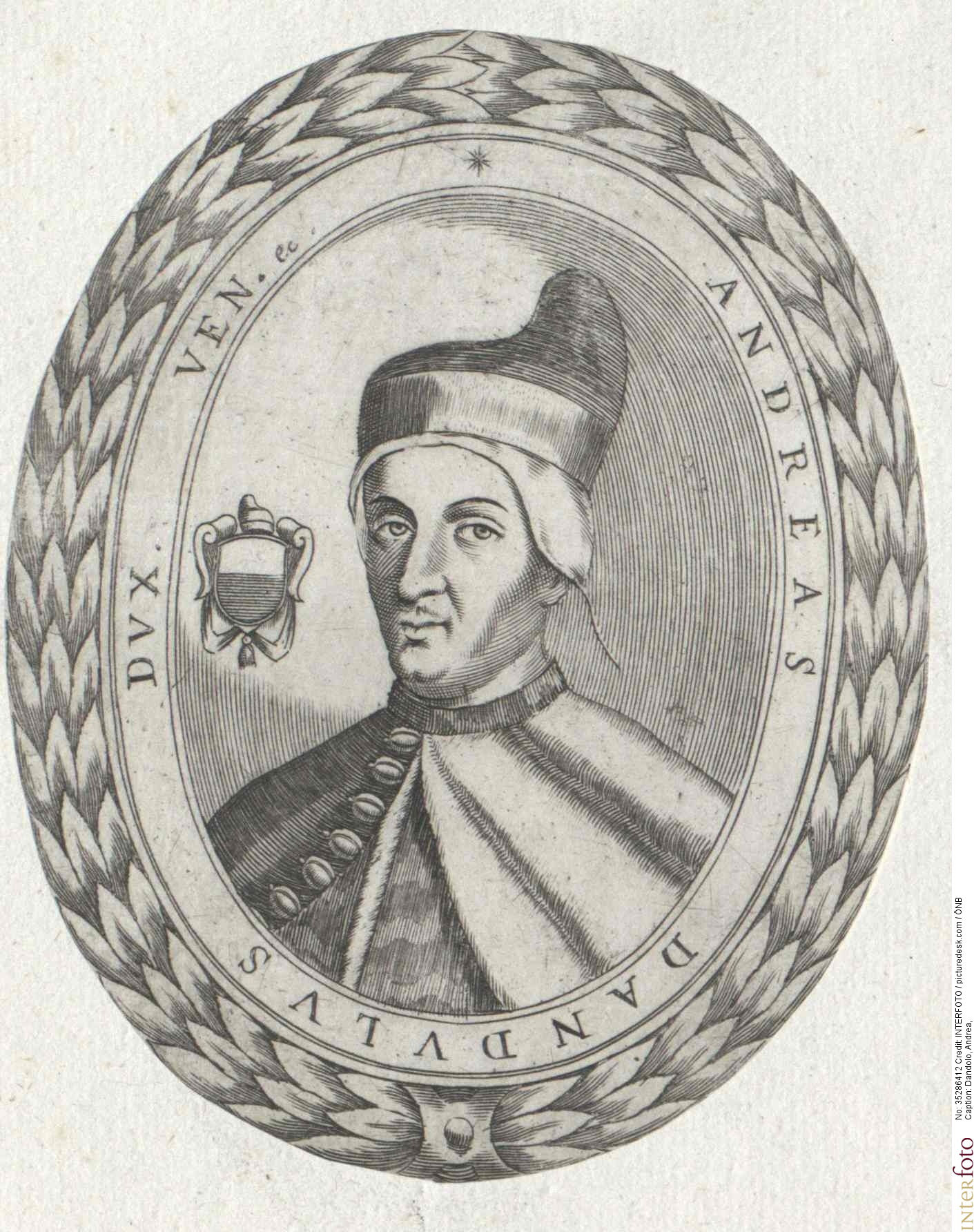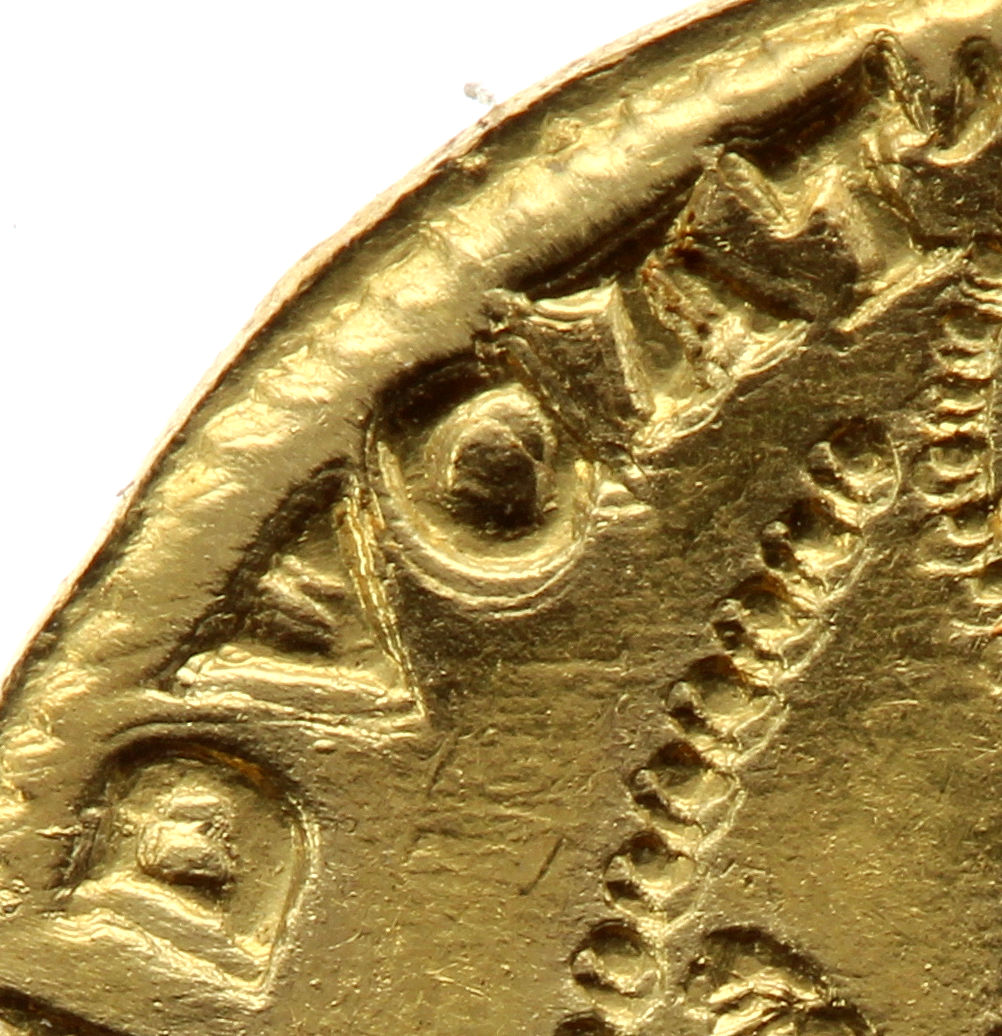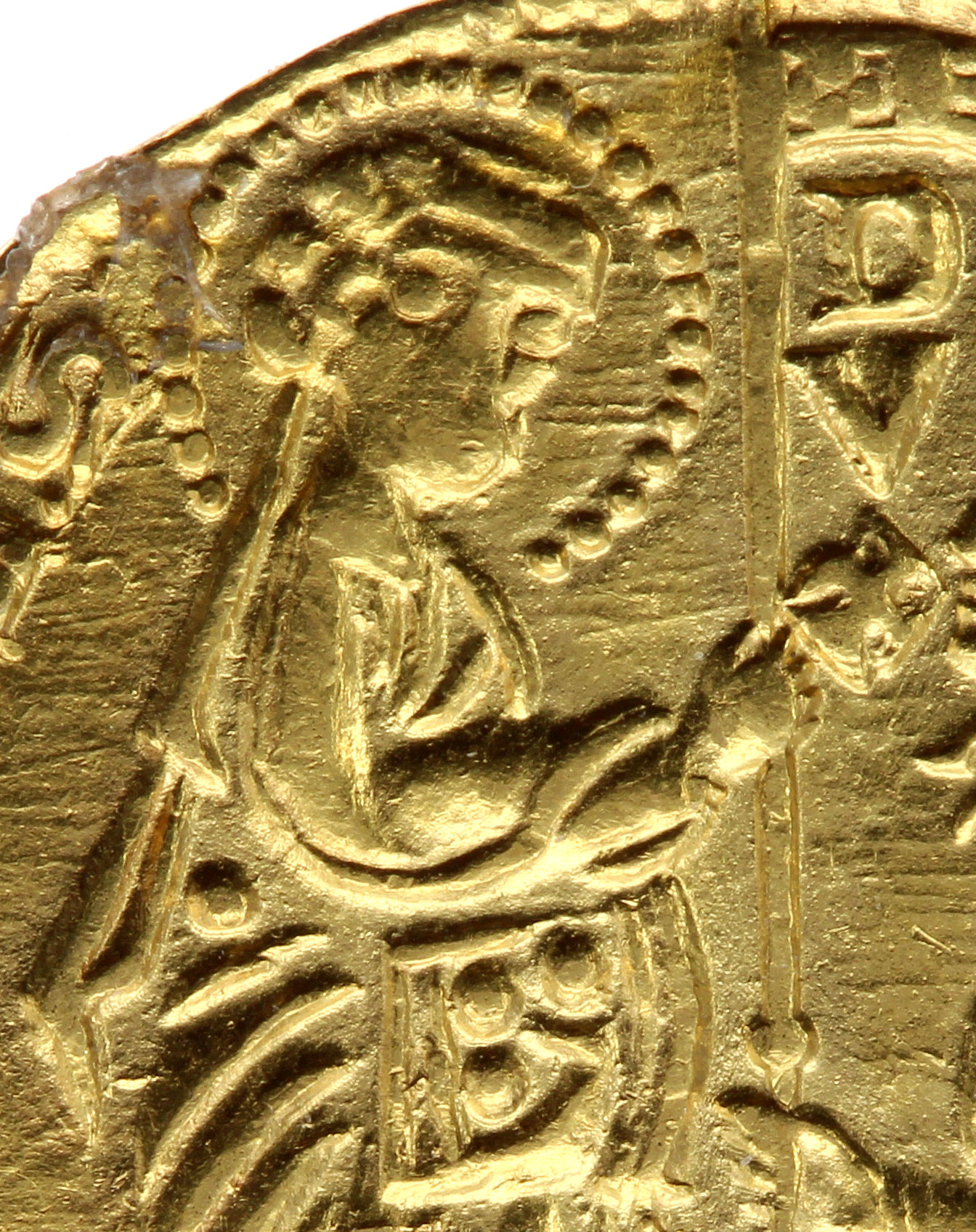
Let this be given to you, O Christ The ducat of Venice
Republic of Venice
Doge Andrea Dandolo (1343–1354)
Ducato d'oro, nd (1343–1354)
Mint: Venice
Material: Gold
Weight: 3.36 g
Diameter: 20.6 mm
In the Middle Ages, the Republic of Venice was a significant trading and naval power. Venice was the capital of a far-flung territory. The areas under the control of the lagoon city included a thin strip on the eastern coast of the Adriatic Sea, parts of modern Greece, Crete and other islands in the Aegean. From these bases, Venetian merchants carried out their extensive trade, which undergirded Venice’s prosperity. This wide-ranging and often risky business required forms of financing that quickly gave rise to a skilled banking industry.
Venice also set standards in coinage. In 1284, the Great Council decided to mint a gold coin that was to match in weight and purity the gold florins that Florence had been issuing for 30 years. This coin was called "ducatus", ie duchy, but with the addition of "aureus", indicating the metal. The name "ducat" probably comes from the last word in the inscription on the reverse side: "SIT T(ibi) XPЄ (= Christe) DAT(us) Q(uem) TV RЄGIS ISTЄ DVCAT(us)" (Let this duchy, which you rule, be given to you, O Christ). This hexameter also declares that Christ is the actual ruler of Venice and that the Venetians are under his protection. Zecchino or sequin, derived from the Italian word for a coin mint, zecca, later became a common name for this gold coin.
The coin image on the obverse side shows the scene of an investiture. Saint Mark hands over the duchy’s banner to the Doge as a symbol of authority. The Doge was the head of state in the Republic of Venice and was elected for life in a complicated election process. Mark the Evangelist is depicted with a halo. He was the patron saint of the Republic of Venice, which in Italian was called Serenissima Repubblica di San Marco (The Most Serene Republic of Saint Mark). His symbol, a lion with wings, was the national emblem of the maritime republic. This close association with Mark the Evangelist dates back to 829, when Venetians carried off the relics of the saint from Egypt to Venice and the republic subsequently became a centre of veneration for Saint Mark.
The Doge of Venice kneels before Mark the Evangelist. The Doge can be identified from his characteristic headgear, the "corno ducale".
The inscription on the obverse side gives his name: "DVX ANDR(ea) DANDOLO". Our coin was minted by Andrea Dandolo, who ruled as the 54th doge from 1343 to 1354.
Christ is depicted on the reverse side. His left hand holds a book, the Gospel, and his right is raised in blessing. A cruciform halo encircles his head. This halo containing a Greek cross is reserved for the Holy Trinity, setting them apart from ordinary saints. Christ is also surrounded by a mandorla, an almond-shaped frame that puts him in his own sphere.
This way of depicting Christ and the two figures on the obverse side are based on Byzantine iconography.
The Republic of Venice minted ducats in virtually unchanged form from 1284 until the republic fell in 1797. During this time, the ducat became one of the most important trading coins in the history of money.




